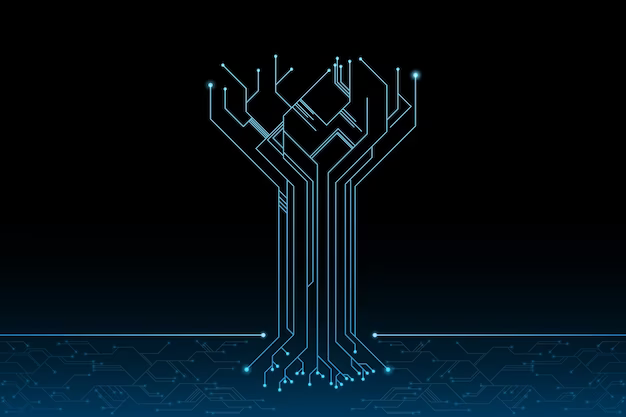Source: Above The Law
Since ChatGPT caught the world’s collective attention in November of 2022, generative AI (GAI) has made great strides in the legal field. As vendors increasingly incorporate this technology into their products, many early applications in the legal industry focus on capabilities related to legal research and data extraction. As GAI matures, its ability to impact a broader swath of the legal tech stack is clear and we are beginning to see vendors in other product categories announce targeted GAI enhancements to their tool offerings.
Despite a growing acceptance of GAI in the legal field, many companies are taking a wait-and-see approach or slow-rolling development plans (possibly in the hope that it will all just go away). Although recent media coverage seems to have lost some of its early effusive enthusiasm for the technology, we believe reports of utilitarian (vs. apocalyptic) overhype are unfounded. While it is understandable that some might be wary, given past hyperbolic predictions about AI capabilities, we believe that the potential impact of practical applications of GAI should not be underestimated…
Read full article: https://abovethelaw.com/2023/08/elevating-the-human-experience-how-gai-transforms-legal-workflow-automation/








